A brief history of bearing development
The first condition for friction is that two objects are in contact. There are two ways of contact, one is face-to-face contact, and the other is point-to-surface contact. The first way is like picking up hands, the frictional resistance is large, and it generates a lot of heat. This method is called sliding friction. The second way is like a ball rolling on the ground, with low frictional resistance and fast rolling speed. This method is called rolling friction. Secondly, the material of the contact surface and the weight of the moving object will also have an effect on the frictional resistance, which we will talk about later.
Closer to home, the nonsense in front is to lead to today's theme, we have to talk about the development history of bearings. For those who invented the first bearing, the academic community has a single word, I will not comment. The past is a story, just listen to it, and don't have to worry too much.
First of all, the ancestors gradually explored the law of friction in their lives. For example, dragging prey or large stones on the ground can be laborious, but if you arrange the logs under the prey or stone, it will be very easy to drag. This seemingly simple improvement is a major advance in the history of human development, indicating that humans have discovered the secret of friction, which can transform sliding friction into rolling friction, thereby achieving the goal of saving effort.
Archaeologists discovered a mural (Fig. 1) in a tomb during an archaeological excavation of the Nineveh site on the plains of Mesopotamia. The painting depicts a scene of carrying a huge stone statue. It can be seen that the huge stone statues seem to be placed on a "ship". There is a place in front of and behind the "ship" to fix the traction rope, and the tow rope is used to move the stone statue. It is worth noting that some logs are scattered under and around the “ship”. It is conceivable that these logs are actually used as sleeper rails to reduce frictional drag.
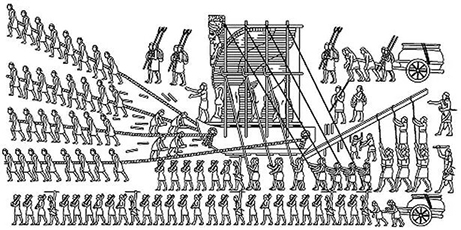
The above method of using round logs as a sleeper rail to transport heavy objects is similar to the flat needle bearings we still use today (Fig. 2). The so-called flat needle roller bearing is to fix the needle roller through the cage. This kind of bearing is usually placed between two planes, which can convert the sliding friction of the surface to the surface into the rolling friction between the point and the surface.
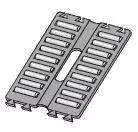
However, this kind of plain bearing is still quite different from the bearing we usually know. The average person would think that the bearing should be circular and can be rotated. This view may be more representative, so when did the bearing first appear? Here are a few different perspectives, I will briefly introduce them. First, the earliest bearing should be the axle bearing used on the axle of the carriage, which can be proved by some archaeological findings. Secondly, it is considered that the ancient axle bearings have certain differences in the structure and the bearings in the modern sense. From the similarity of the structure, the bearings used in the "simplified instrument" are closer to the modern bearings. "Jianyi" is an astronomical observation instrument in ancient China. Its inventor has no test, but the maker is Guo Shoujing. You can find a very detailed introduction on the Internet. I won't say much here. In order to reduce the friction, "Jianyi" added four "circular shafts" (ie cylindrical rollers) between the "hundred ring" and the "equatorial ring", thus forming the earliest cylindrical roller bearing. Da Vinci designed roller bearings for 200 years.
The above was before the industrial revolution, and it was during the industrial revolution.
In 1794, the inventor Philip Vaughan received a patent for a ball bearing that was applied to the axle portion of a carriage.
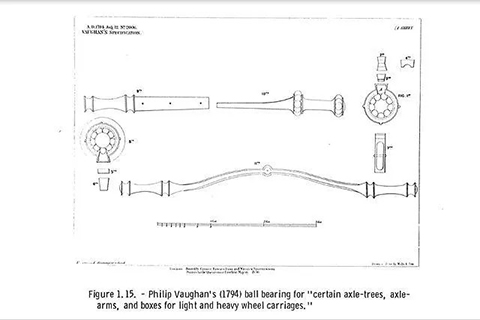
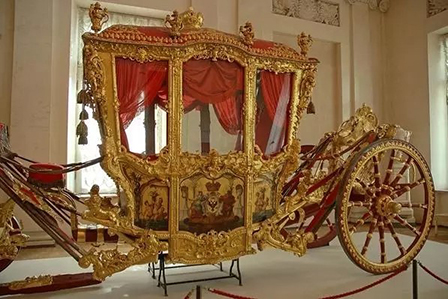
In 1795, the world's first professional manufacturer of bearings - Rexroth was founded in Heimbuchenthal, Germany, and today the company is still full of vitality. In 1987, Rexroth acquired Deutsche Star GmbH and successfully developed the market for linear guides. In 2001, Rexroth entered into a merger agreement with Robert Bosch GmbH, and the two companies merged and changed their name to Bosch Rexroth.
In the nearly 50 years after 1795, due to the slow progress of the industrial revolution, the development of bearings has entered a stage of stagnation. Until the mid-19th century, with the surge in bearing demand, related research showed a blowout trend. Some of the research results of this period are listed below.
(1849). New research on the friction of solid bodies, Comptes Rendus, 28, p.290
(1855). "Studies on the main phenomena that are friction media and on the various ways of determining the value mechanics of the materials used in engine lubrication", Bulletin de la Société Industrielle de Mulhouse, 26, p.202
(1855). "Notice on the laws of caloric output by friction media", Bulletin de la Société Industrielle de Mulhouse, 26, p.238
(1862). Mechanical Theory of Heat, (Paris, Lieber)
(1863). Exhibition Analytical and Experimental Theory of Heat, (Paris, Mallet Bachelet)
(1887). The thermodynamics and the work of living beings, Revue Scientifique, 22, May (Paris, Bureau journals), p. 673-684
In 1869, Michaux et Cie (Michaux and company) adopted the bearing patent of the inventor Jules Suriray, first installed radial ball bearings in the bicycle and won the world's first bicycle road race.
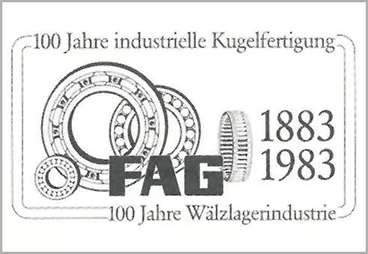
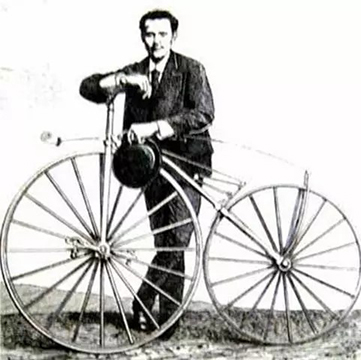
Pierre Michaux and his bike
In 1881, the German scientist Hertz proposed the famous Hertzian Contact Stress Theory, which opened a new chapter in bearing mechanics analysis.
In 1883 FAG was formally established. In 1912, FAG pioneered the introduction of single row roller bearings. In 2001, FAG, INA and FUK merged and changed its name to Schaeffler Group.
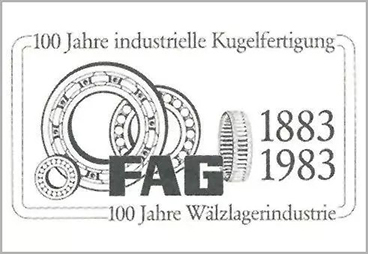
In 1883, N.P. Petrov applied Newton's law of viscosity (Newton's internal friction law) to calculate the bearing friction "Friction in machines and the effect of the lubricant", St. Pr.
In 1886, Osborne Reynolds (O. Reynolds) proposed the Reynolds equation, which laid the foundation for fluid dynamic lubrication theory.
In 1899, Timken was founded. The company was patented in 1898 for tapered roller bearings and is still the leader of tapered roller bearings.
In 1907, SKF was founded. Introduced self-aligning double row ball bearings for textile machinery.
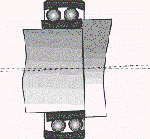
Self-aligning double row ball bearing
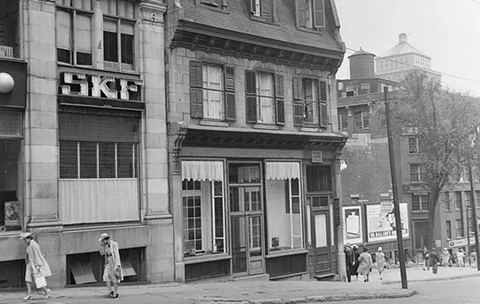
SKF's office in Canada in 1940
In 1916, NSK, the first company in Japan to produce ball bearings, was established.
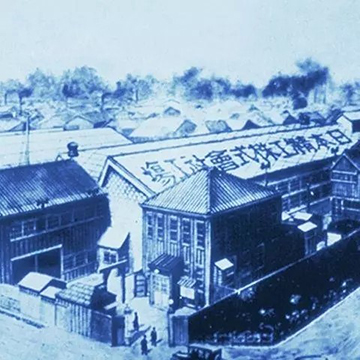
NSK factory in 1916
In 1923, Schneeberger was founded in Switzerland to develop the world's first linear guide. In 1945, the world's first grinding machine with crossed roller guides was produced.
In 1924, A. Palmgren published a life prediction interview. In 1945, M.A. Miner extended it to form the Palmgren-Miner rule.
In 1938, the tile axis was established.
In 1950, the Ha-axis was established (the Wazhou axis was moved to the north).
In 1954, the Luo axis was established (the tile axis was built).
Since then, the bearing companies of various countries have sprung up, showing a situation of competition, which will not be detailed here.